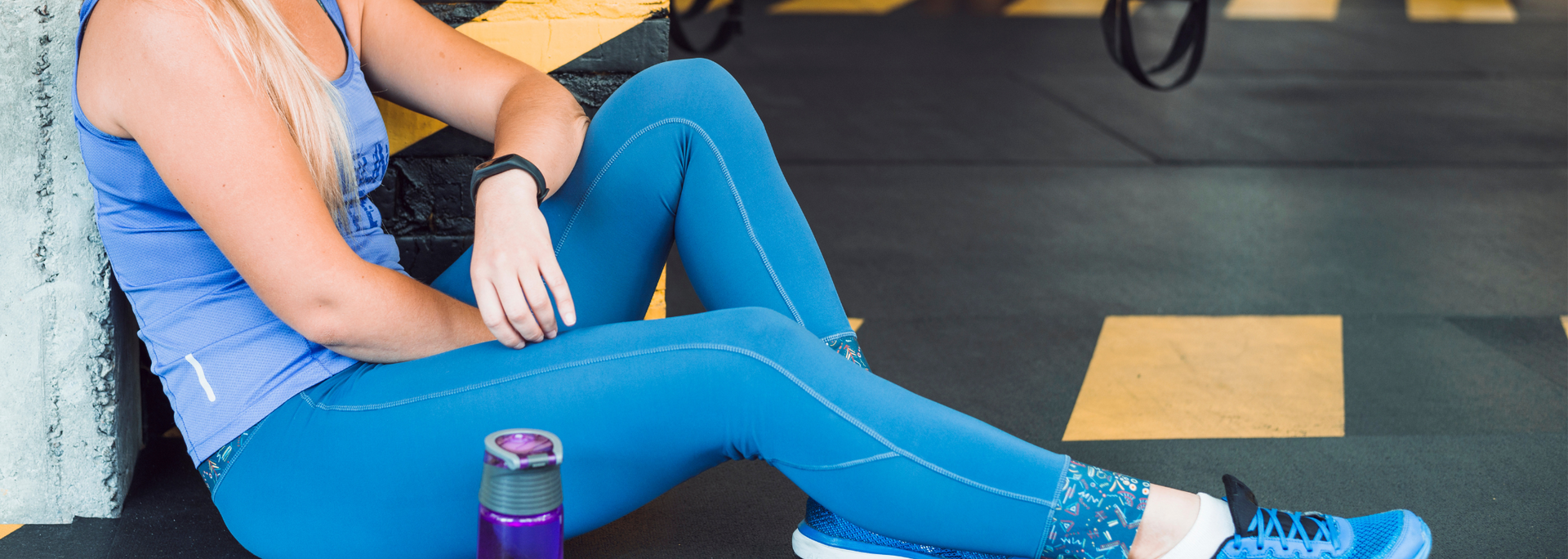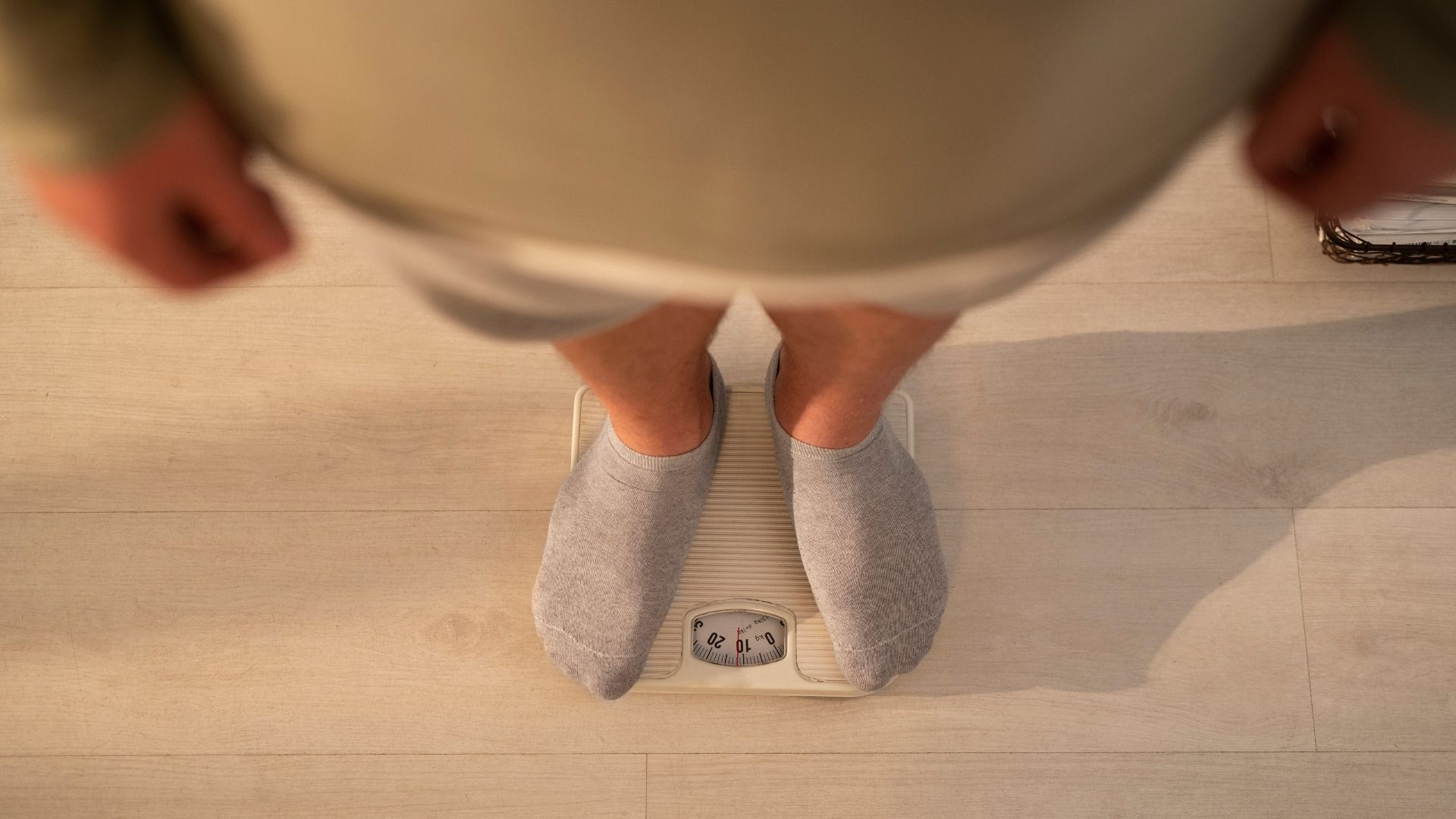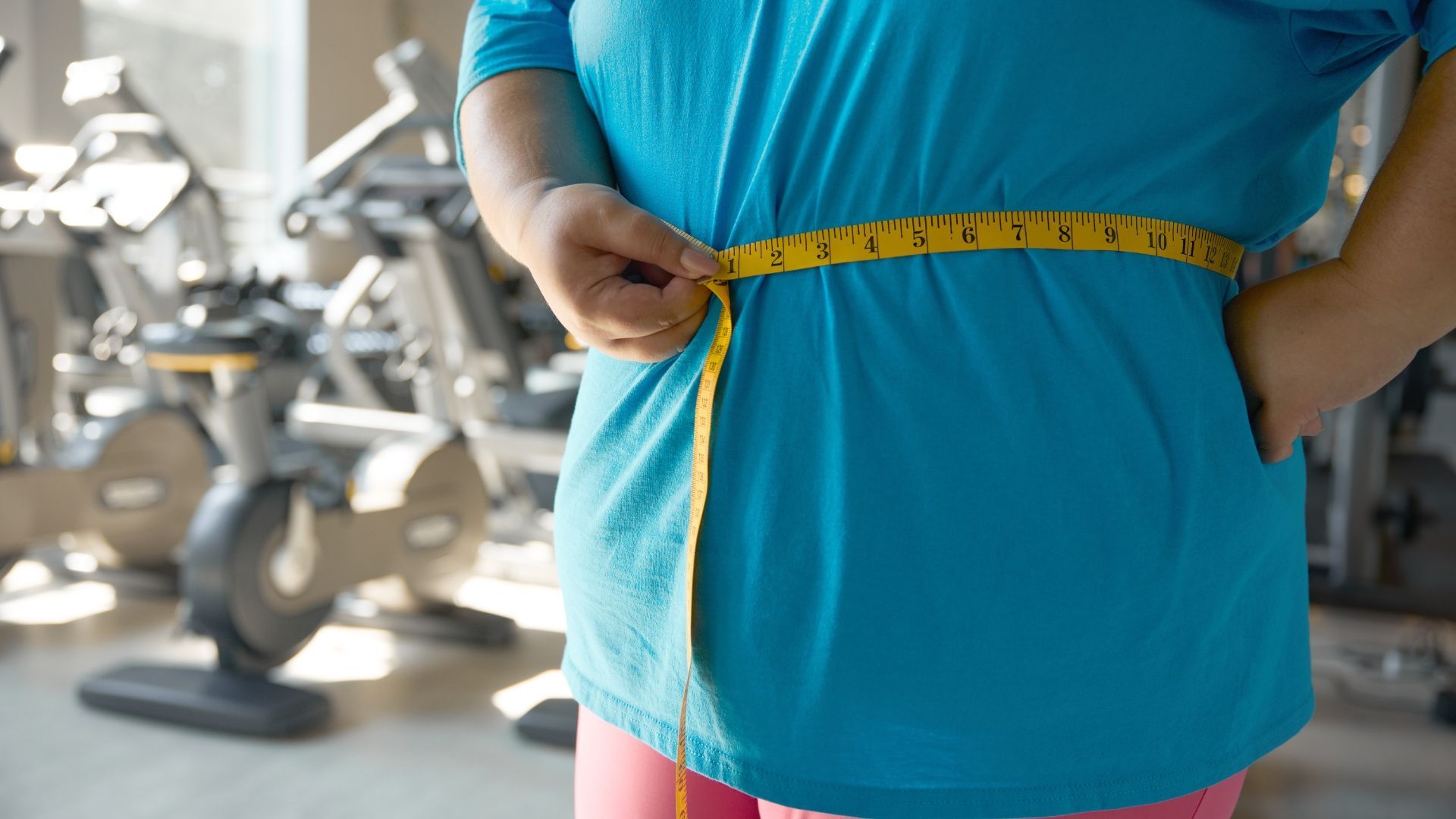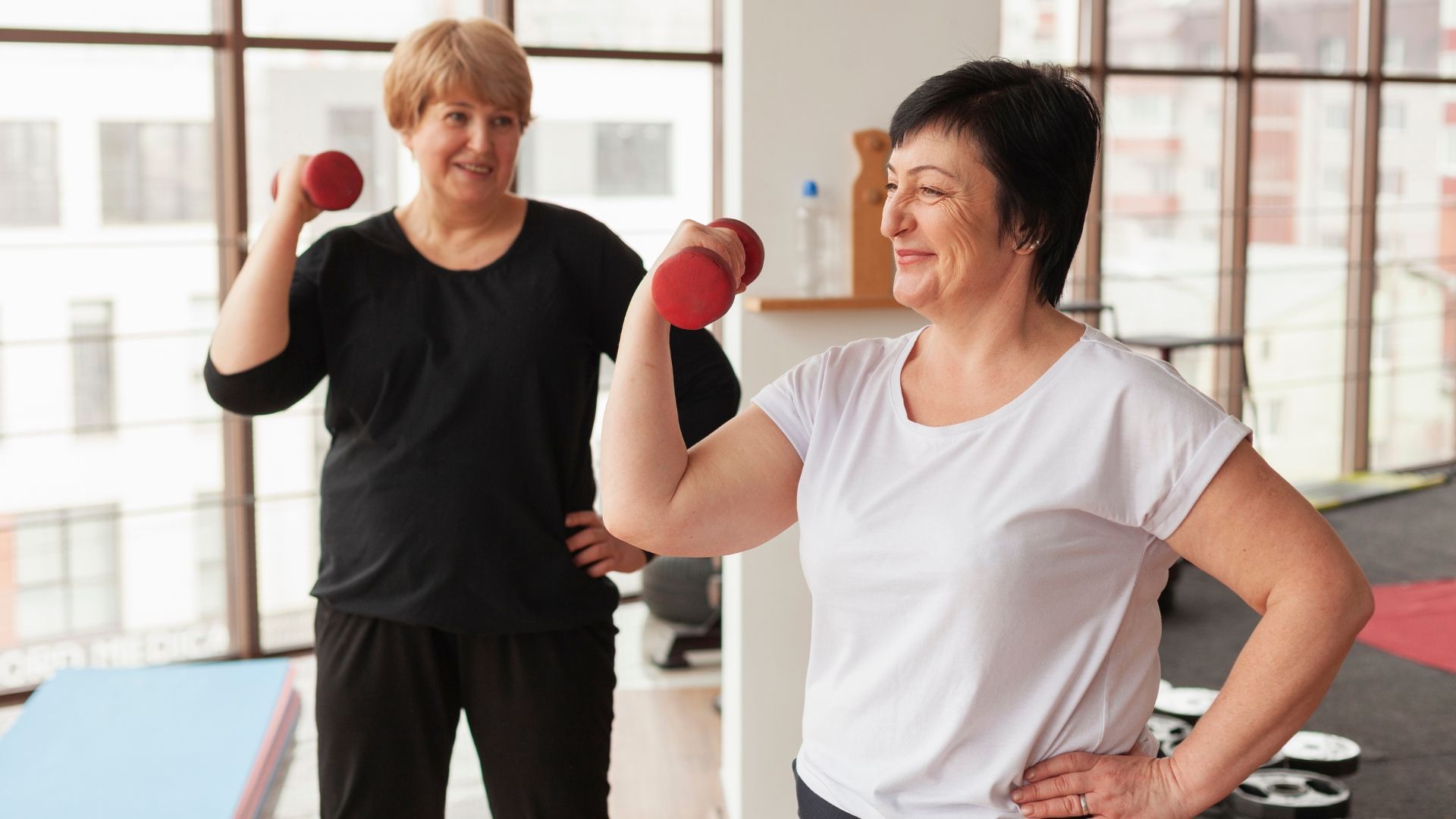Exercise: why rest days are important for weight loss
Why are rest days important as part of an exercise routine for weight loss? Find out in our expert guide.

An increase in activity levels has long been recognised as essential for achieving lasting weight loss and preventing weight regain.
That's one reason why SemaPen's weight loss programmes include access to advice, encouragement and support. If you need help increasing your activity level or choosing exercise appropriate to your fitness level, we're here to guide you.
However, the importance of building rest days into your routine should not be overlooked. To understand why, we need to take a closer look at what exercise does for your body.
Understanding exercise
There are two categories of exercise: aerobic (sometimes called 'cardio') and resistance. These help with weight loss in different ways so including activities from both will bring you the best results.
The NHS recommends at least 150 minutes of moderate aerobic activity or 75 minutes of intense activity per week to achieve the full benefit.
A 2021 study concluded that adding two days of resistance training alongside aerobic exercise provides the best results in terms of reducing obesity risk.
Aerobic exercise
Aerobic activities are probably the ones you'd think of first. Well-known aerobic activities include brisk walking, swimming, cycling and using an exercise bike or treadmill.
This form of intense exercise works your large muscles, increasing their demand for oxygen. This, in turn, makes your heart beat faster and your lungs open more as you breathe more deeply.
Aerobic exercise is often called 'cardio' because of its benefits for cardiovascular health. It can strengthen your heart and respiratory muscles and increase the efficiency of your oxygen intake and transport.
Your muscles use all that oxygen to burn carbohydrates and fats for energy. This can help you lose weight when combined with a calorie-controlled diet. It can also be crucial in preventing weight regain.
Group aerobic classes can be a more enjoyable way to experience the benefits while getting some much-needed support and encouragement.
Why rest after aerobic exercise?

One of the most obvious (and most important) reasons for rest days after aerobic training is that they give your body the chance to recover. This helps the exercise stay enjoyable and makes it more likely you'll stick with it.
After intense exercise, it's quite common to experience muscle soreness. This has been labelled as 'Delayed Onset Muscle Soreness' (DOMS) because it doesn't usually happen until a few hours after you've exercised. In fact, it often reaches its peak in one to three days.
What causes DOMS and how to treat it
Various theories have been proposed to explain DOMS, including overproduction of lactic acid, micro-tearing within the muscle and inflammatory processes. A newer theory (2021) proposes that it's not your muscles after all – it's the connective tissue called 'fascia' surrounding them.
Regardless of the cause, the treatment is usually the same. Doctors recommend self-care at home unless the pain persists for more than five days or gets worse. If this happens, you should make an appointment with your healthcare provider.
Here are some simple therapies to help manage the symptoms of DOMS:
- Use a wrapped ice pack on the affected muscle area for five to 15 minutes at regular intervals for the first 48 to 72 hours. This helps reduce swelling.
- Try some gentle stretching, an over-the-counter muscle balm and paracetamol or ibuprofen for pain relief. The aching should subside after two to five days.
Other benefits of rest days after aerobic exercise
Your lungs and muscles benefit from rest days after aerobic exercise as they will use this time to increase mitochondria in their cells. This improves their ability to produce energy and burn calories more efficiently.⁵
Rest days also help you avoid overuse injuries, so you can maintain your exercise routine and keep your weight loss and weight management on track.

Remember that 'rest' doesn't mean 'inactivity', though. Light activity on rest days, such as going for a walk, is beneficial. It helps to stimulate blood flow for nutrition and the repair of muscles and surrounding tissues.
A note on high-intensity interval training
Rest days are especially important if you're doing high-intensity interval training (HIIT).
A cautionary note: although many find this form of exercise enjoyable, it's recommended you get assessed by your doctor before beginning any intense exercise regime. They can use the Physical Activity Readiness Questionnaire (PAR-Q) to help decide which kind of exercise is best for you.
Resistance training
Resistance training involves controlled pushing or pulling against an external force. This force can be a set of weights, a resistance band or your own body weight.
Examples of resistance exercises that use your own body weight include:
- Squats
- Push-ups
- Lunges
- The plank
The primary benefit of these exercises is to increase lean muscle mass, which is important for two reasons. First, during rapid weight loss, lean muscle can also be lost – so there is a need to offset this.
Secondly, building muscle mass (hypertrophy) helps with weight loss as more muscle means more calories burnt during exercise.
The importance of rest days after resistance training
Rest days are important after resistance training, too. It's during the subsequent rest day that your body will do muscle repair and growth. Light activity, such as walking, can help as this increases blood flow.
The bottom line
Find ways to have fun and enjoy your exercise – but also enjoy your rest days. While you rest, your body is busy preparing itself to work even better the next time you exercise.
SemaPen is a weight loss clinic specialising in medical treatments for obesity. Want more tips and advice? When you sign up for our programme, you get access to exclusive content in the SemaPen app. To get started, take our online consultation.
Sources
1. Kerns, J.C. et al. (2017) "Increased Physical Activity Associated with Less Weight Regain Six Years After 'The Biggest Loser' Competition" Obesity (Silver Spring), 25(11) https://doi.org/10.1002/oby.21986
2. Waters, D.L. et al. (2021) "Effect of Aerobic or Resistance Exercise, or Both, on Intermuscular and Visceral Fat and Physical and Metabolic Function in Older Adults With Obesity While Dieting" The Journals of Gerontology Series A: Biological Sciences and Medical Sciences, 77(1) https://doi.org/10.1093/gerona/glab111
3. Brellenthin, A.G. et al. (2021) "Resistance exercise, alone and in combination with aerobic exercise, and obesity in Dallas, Texas, US: A prospective cohort study" PLOS Medicine, 18(6) https://doi.org/10.1371/journal.pmed.1003687
4. Wilke, J. & Behringer, M. (2021) "Is 'Delayed Onset Muscle Soreness' a False Friend? The Potential Implication of the Fascial Connective Tissue in Post-Exercise Discomfort" International Journal of Molecular Sciences, 22(17)
https://doi.org/10.3390/ijms22179482
5. Ruegsegger, G.N. et al. (2023) "High-intensity aerobic, but not resistance or combined, exercise training improves both cardiometabolic health and skeletal muscle mitochondrial dynamics" Journal of Applied Physiology, 135(4) https://doi.org/10.1152/japplphysiol.00405.2023
6. Türk, Y. et al. (2017) "High intensity training in obesity: a Meta‐analysis" Obesity Science & Practice, 3(3) https://doi.org/10.1002/osp4.109
7. Cava, E. et al. (2017) "Preserving Healthy Muscle during Weight Loss" Advances in Nutrition, 8(3) https://doi.org/10.3945/an.116.014506
This article was reviewed and approved by Alice Fletcher, Lead Bariatric Dietician, and Lujain Alhassan, Bariatric Nutritionist, on 20 May 2025.












